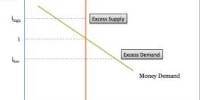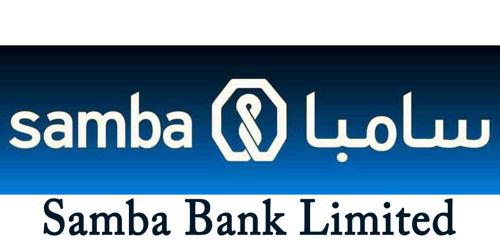Cost-Effectiveness Analysis
Cost-effectiveness analysis (CEA) is a method of comparing the cost and effectiveness of two or more alternatives. CEA is an alternative to cost-benefit analysis (CBA). The technique compares the relative costs to the outcomes (effects) of two or more courses of action. It is often used in the field of health services, where it may be inappropriate to monetize health effect. Typically the CEA is expressed in terms of a ratio where the denominator is a gain in health from a measure (years of life, premature births averted, sight-years gained) and the numerator is the cost associated with the health gain. The most commonly used outcome measure is quality-adjusted life years (QALY).
The goal of cost-effectiveness analysis to determine if the value of an intervention justifies its cost. Cost-effectiveness involves more than determining the cost, it also involves the assignment of a value to the outcome.
Cost-effectiveness analysis (CEA) is most useful before a programme has begun, as it enables the comparison of two different courses of action. Think about using it at the programme design stage therefore as well as at the evaluation stage. It can also be used to build counter-factual scenarios comparing the effectiveness of the programme to alternative approaches which were not used and to other similar programmes.
The best cost-effectiveness analyses take a broad view of costs and benefits, including indirect and longer-term effects, reflecting the interests of all stakeholders who will be affected by the programme. So make sure the analysis is as comprehensive as possible.
The concept of cost-effectiveness is applied to the planning and management of many types of organized activity. It is widely used in many aspects of life. In the acquisition of military tanks, for example, competing designs are compared not only for a purchase price, but also for such factors as their operating radius, top speed, the rate of fire, armor protection, and caliber and armor penetration of their guns. If a tank’s performance in these areas is equal or even slightly inferior to its competitor, but substantially less expensive and easier to produce, military planners may select it as more cost effective than the competitor.
Cost-effectiveness analysis is not uniformly applied in the healthcare system. Decision makers often adopt new treatments without knowing if they are cost-effective. Even when cost-effectiveness has been studied, decision-makers may not be able to interpret the data, or they may not agree with the results. Despite this limitation, cost-effectiveness is increasingly used to inform healthcare decision makers.
Cost-effectiveness analysis (CEA) considers alternatives in reference to the ratio between the costs associated with each alternative and a single quantified, but not monetary, effectiveness measure. This represents a complication of CEA as costs are represented by monetary values, while effectiveness may be measured in terms of saved lives, time savings or other similar quantifiable measures. For this reason, in CEA a ratio is calculated.
Information Source:
















